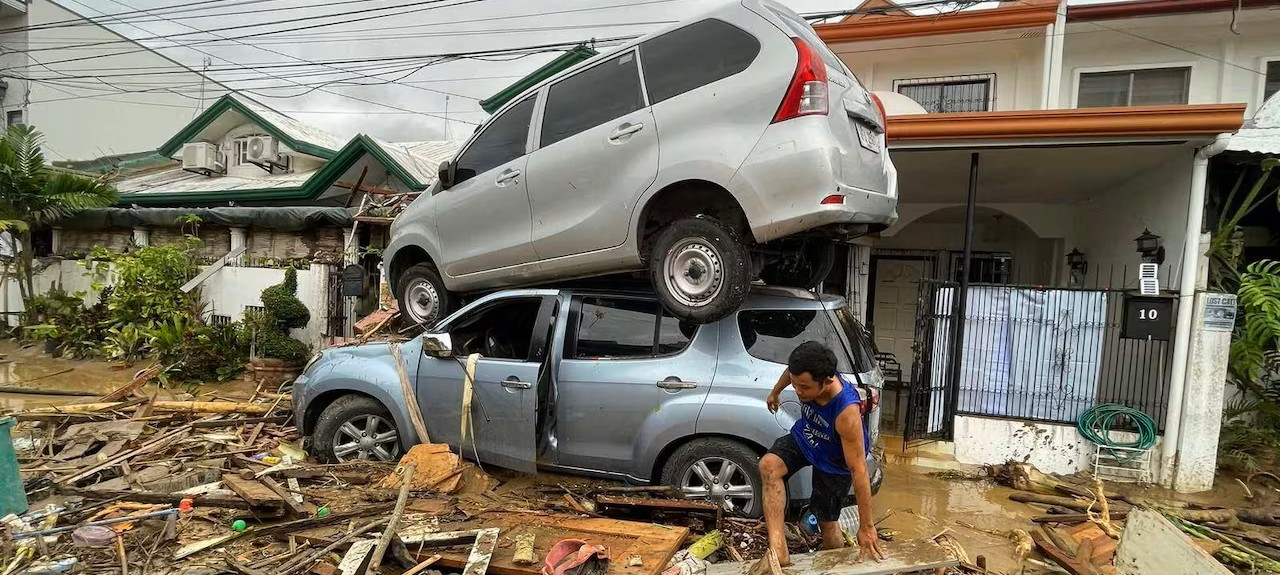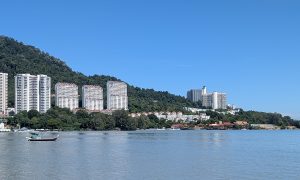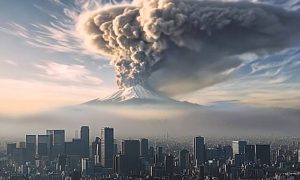From typhoons and earthquakes to flooding and volcanic eruptions, the Philippines is no stranger to natural disasters. As the country reels from the devastation of Typhoon Kalmaegi, its people once again show the resilience that defines life in one of the world’s most disaster-prone nations.
In the central Philippines, residents are now scraping mud from homes and clearing streets after the catastrophic Typhoon Kalmaegi left behind a trail of death and destruction, with at least 140 fatalities confirmed. In Cebu Province, a major tourism hub, floodwaters have finally receded, revealing the scale of the damage. Whole neighbourhoods were submerged, cars were overturned (and in some instances, stacked), and streets were left choked with mud and debris.
Fifty-eight-year-old Marlon Enriquez, a long-time Cebu City resident, was among many shell-shocked residents trying to salvage what little remained. “I’ve been living here for almost 16 years, and it was the first time I’ve experienced flooding like this,” he said, standing in the muddy ruins of his home.
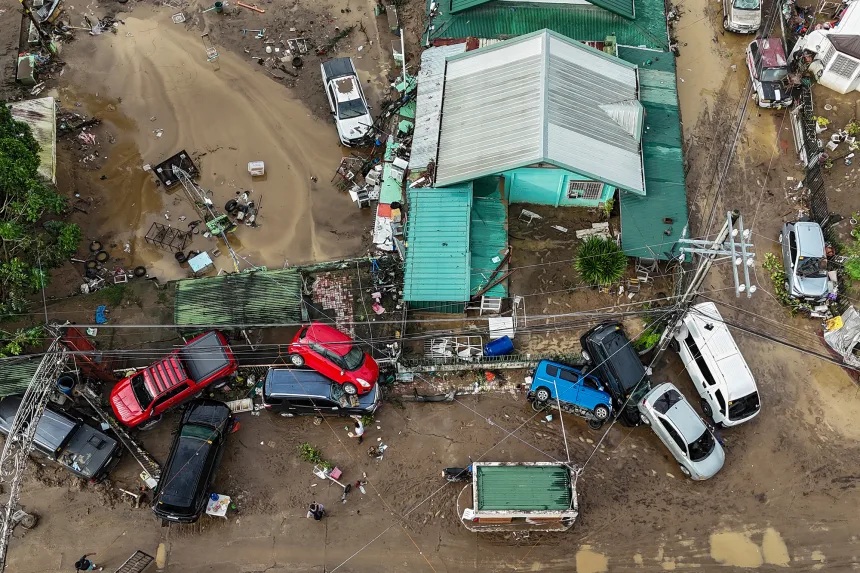
For others, there was nothing left to return to. In Talisay City, Eilene Oken walked through what was once her neighbourhood and found her house completely gone. “We worked and saved for this for years, then in an instant, it was all gone,” she said, grateful that her family survived unharmed.
Not everyone was as lucky, though. The government’s disaster agency has now confirmed at least 140 deaths, including six military personnel killed when their helicopter crashed during a humanitarian mission in Mindanao. Dozens remain missing, and thousands more have been displaced. The storm also knocked out power and disrupted transport links across the Visayas region, parts of southern Luzon, and northern Mindanao. More than 200,000 people were evacuated to temporary shelters.
Kalmaegi, locally called Tino, was the 20th storm to strike the Philippines this year. It followed closely on the heels of a powerful earthquake that struck northern Cebu just weeks earlier, leaving dozens dead and thousands without homes.
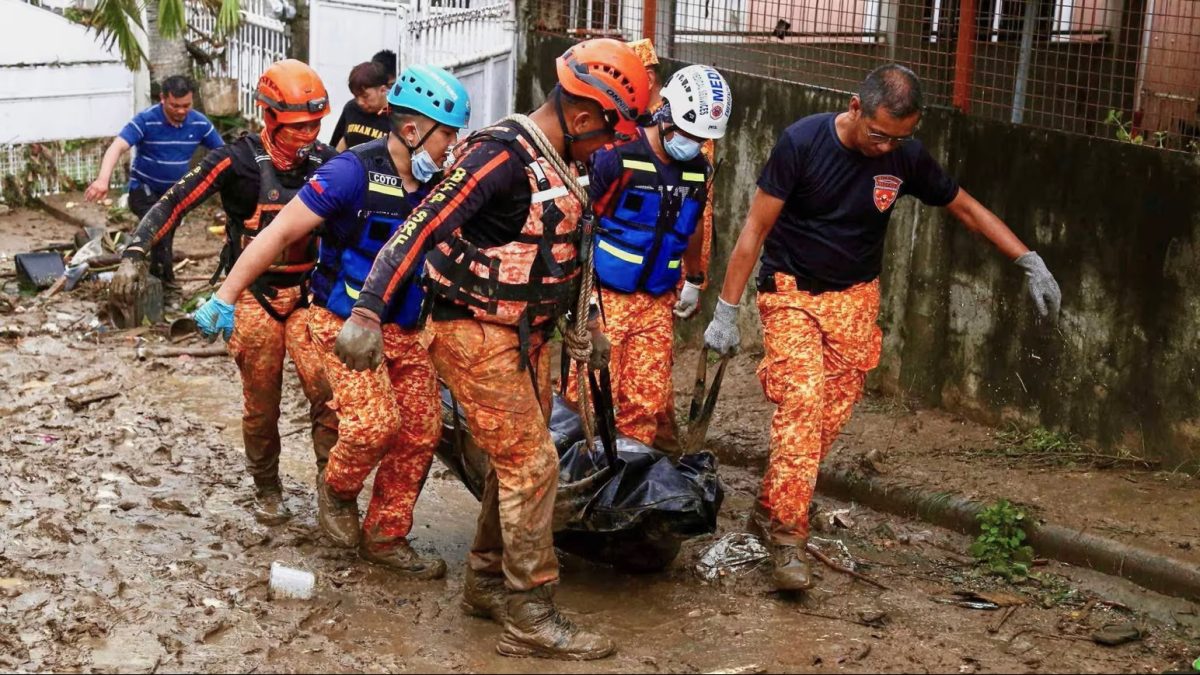
A COUNTRY CONSTANTLY TESTED
Sadly, for the Philippines, this kind of devastation is nothing new. The archipelago sits on the Pacific Ring of Fire and also lies directly in the path of the world’s most active typhoon belt. Every year, the country faces between 15 and 20 major storms, alongside regular earthquakes and occasional volcanic eruptions.
It is a cruel combination of geography and climate. Typhoons sweep in from the Pacific, bringing torrential rains that often trigger floods and landslides. Earthquakes strike without warning. When conditions align, even dormant volcanoes like Taal or Mayon can suddenly awaken.
This constant barrage of natural disasters has shaped both the landscape and the people. Communities have learned to live with uncertainty. Homes are rebuilt repeatedly, crops replanted, and lives restarted. Yet despite decades of experience, each new disaster still tests the country’s resilience.
In Cebu and neighbouring provinces, the recovery effort after Kalmaegi is complicated by the lingering effects of the earlier earthquake. Damaged infrastructure, weakened drainage systems, and overstretched resources have all magnified the storm’s impact. The floods were made worse by deforestation, urban congestion, and inadequate flood-control measures.

DISASTER AFTER DISASTER
Over the years, the Philippines has seen many catastrophic events. Super Typhoon Haiyan in 2013 remains one of the deadliest in recorded history, claiming over 6,000 lives. More recently, Typhoon Ragasa forced widespread shutdowns across northern Luzon, while volcanic eruptions have blanketed towns in ash and disrupted air travel.
Each event brings a new wave of hardship. In many rural areas, recovery is slow, and poverty deepens as families struggle to rebuild. In the cities, rapid development and insufficient planning often worsen the impact of floods and landslides.
Government officials have pledged stronger measures, from better urban drainage to improved early-warning systems. But these efforts are often hampered by funding constraints, inconsistent enforcement, and the sheer scale of the challenge.
Still, the Philippine people endure. In the face of repeated tragedy, the country’s greatest strength has always been its humanity. Communities rally together. Volunteers mobilise. Neighbours share what they can. Even as homes are washed away or roofs collapse, there is an unspoken understanding that life must continue.
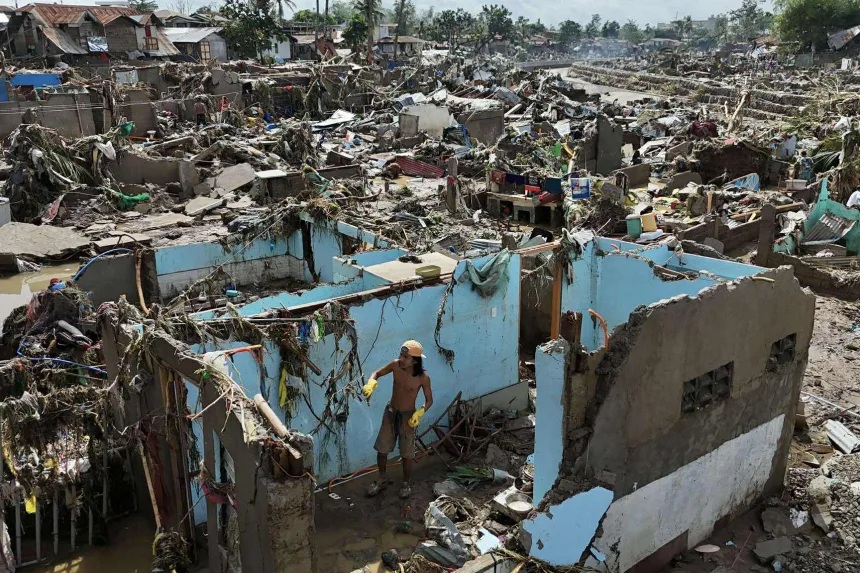
A WAY FORWARD
Typhoon Kalmaegi may soon fade from international headlines, but for those who lost everything, recovery will take months or even years. In towns across Cebu, Bohol, and Leyte, rebuilding efforts are already underway. Power restoration, road clearing, and humanitarian relief remain top priorities.
Experts say that long-term resilience will depend on addressing underlying vulnerabilities. This includes strengthening building codes, enforcing land-use policies, and investing in sustainable infrastructure. Climate adaptation must also take centre stage, as warming oceans make typhoons stronger and rainfall more intense.
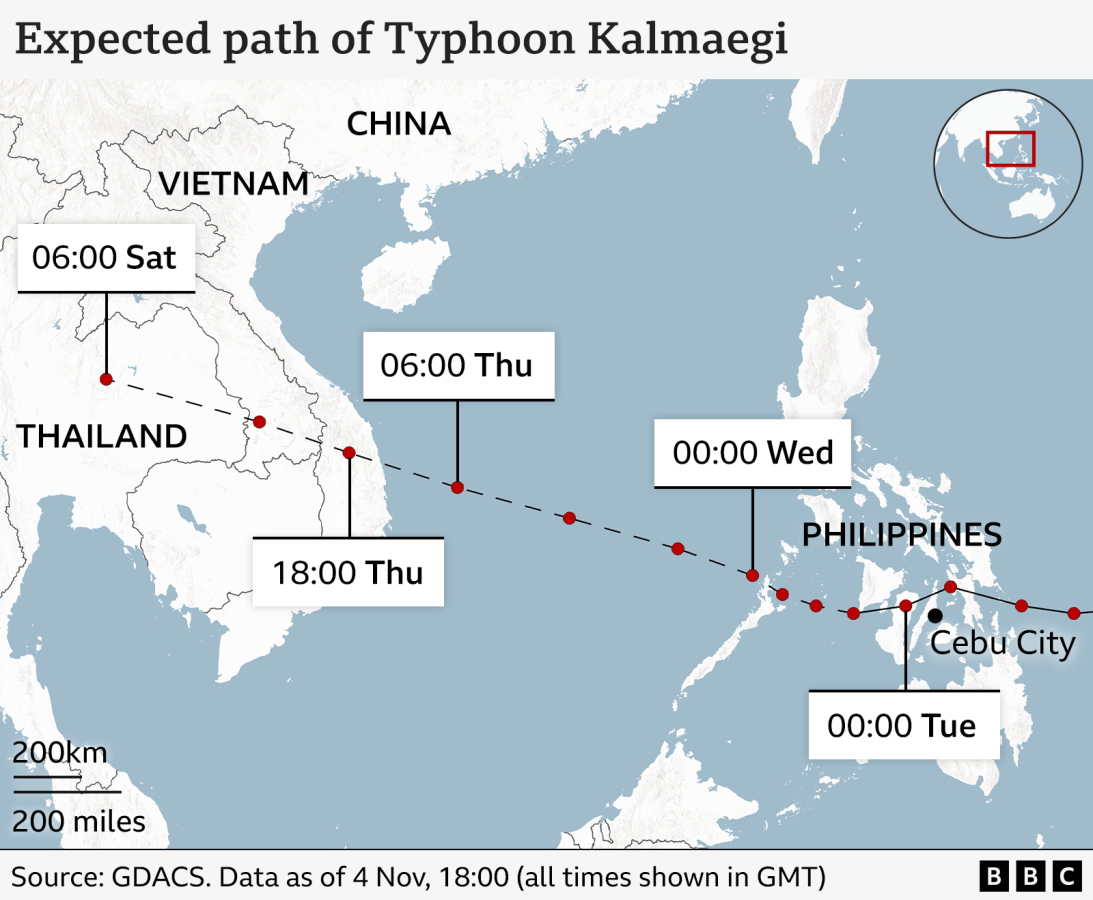
The Philippines’ location cannot change, but its preparedness can. The goal is not to eliminate disasters — that is impossible — but to reduce their impact and help communities recover faster.
For now, the people of the Philippines once again face the exhausting task of rebuilding their lives. Their story is one of endurance and quiet courage in the face of forces far beyond human control. Whether it is a typhoon, an earthquake, or a volcanic eruption, this island nation continues to rise after every fall, reminding the world that resilience in the Philippines is an inescapable way of life.
Sources: Al Jazeera, Reuters, The Guardian, Global Facility for Disaster Reduction and Recovery, Harvard Humanitarian Initiative.



